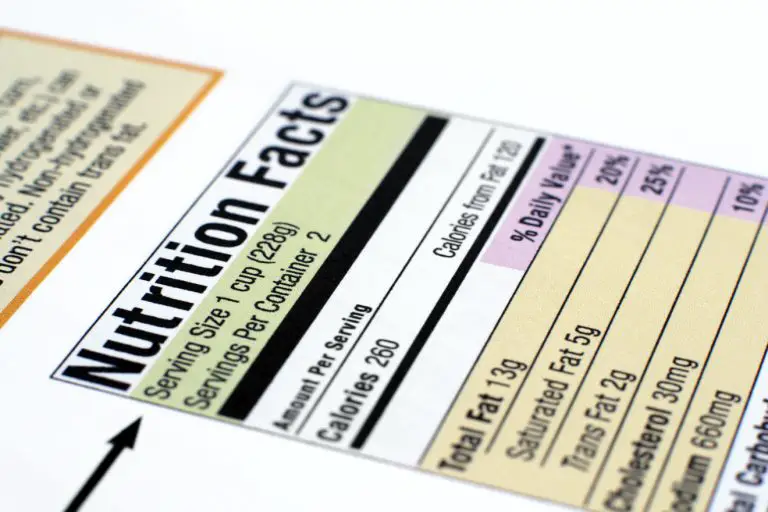Goal-getter: set and achieve your fitness goals like a pro
Key takeaways
- Set SMART goals: specific, measurable, attainable, relevant, and time-bound.
- Go for short-term milestones that lead to your long-term goal.
- You will encounter setbacks. Manage these by reframing setbacks as learning opportunities, reassessing and adjusting your goals, and staying accountable.
Why goals are essential
Whether you’re new to fitness or an experienced athlete, setting and achieving fitness goals is essential to success. Clear, well-defined goals can give you direction, keep you motivated, and measure your progress. However, many people struggle with goal-setting or fail to follow through. To truly succeed, you need a strategic approach that goes beyond vague aspirations and moves into actionable steps.
This article will guide you through proven methods to set and achieve your fitness goals like a pro. By the end, you’ll have the tools you need to turn your ambitions into reality and maintain long-term success.
Not all goals are equal
Without a clear goal in mind, it’s easy to lose focus or get discouraged. Setting goals gives you a roadmap to follow, helping you stay committed when motivation wavers. Fitness goals also provide structure to your workouts and nutrition plan, ensuring every effort you make is purpose-driven.
However, not all goals are created equal. Goals that are too vague, unrealistic, or broad can lead to frustration or burnout. The key to success is setting goals that are specific, measurable, attainable, relevant, and time-bound—often referred to as SMART goals. This strategy helps you create a plan that is both achievable and motivating.
How to set SMART fitness goals
One of the most effective ways to set fitness goals is by using the SMART framework. This method ensures your goals are well-defined and actionable. Let’s break down what SMART goals look like in a fitness context:
- Specific: your goal should be clear and precise. Instead of saying, “I want to get fit,” a specific goal would be, “I want to improve my endurance by running 5 kilometers without stopping.”
- Measurable: There should be a quantifiable way to track your progress. For example, if your goal is to increase strength, you could measure it by aiming to lift 10 pounds more on your bench press over the next month.
- Attainable: Set goals that are challenging but realistic based on your current fitness level. While it’s great to push yourself, setting a goal to lose 30 pounds in one month is both unhealthy and unrealistic.
- Relevant: Your goal should align with your overall fitness ambitions. If your primary objective is weight loss, it makes sense to focus on cardio and nutrition rather than a goal centered around improving a deadlift max.
- Time-bound: Give yourself a deadline to achieve your goal. A time frame helps create urgency and keeps you on track. For example, you might set a goal to lose 10 pounds in three months.
SMART goals help to simplify the process and ensure you have a clear, actionable plan to follow.
Go for short-term milestones
Big fitness goals can sometimes feel overwhelming. For instance, setting a goal to lose 50 pounds or run a marathon can seem daunting, especially if you’re just starting out. One way to stay motivated and on track is by breaking your long-term goal into smaller, manageable milestones.
Let’s say you want to lose 50 pounds in a year. Instead of focusing solely on the big number, break it down into monthly goals of losing 4-5 pounds. These smaller milestones are less intimidating and give you a sense of achievement along the way. Celebrating small wins can also boost your motivation and reinforce your progress.
Short-term milestones provide a sense of direction and help you stay committed over time, even when the larger goal seems far away.
Managing setbacks
Every fitness journey will have setbacks, whether it’s an injury, illness, or a plateau. Learning how to manage these challenges is essential for long-term success.
1. Reframe setbacks as learning opportunities
Rather than viewing setbacks as failures, try reframing them as opportunities to learn and grow. For example, if you experience a plateau in your weight loss, take a step back and assess what might be causing it. Is your nutrition on point? Do you need to switch up your workout routine?
Setbacks are a normal part of the fitness journey, and learning how to troubleshoot these obstacles will make you stronger in the long run.
2. Reassess and adjust your goals
Sometimes, despite your best efforts, your goals may need to be adjusted. Life circumstances change, and it’s important to be flexible. If you set a goal to work out five days a week but find it’s not sustainable with your schedule, adjust it to three or four days.
It’s better to adapt your goals to your reality than to abandon them altogether.
3. Stay accountable
Accountability is a powerful tool for staying on track. Share your fitness goals with a friend, family member, or personal trainer who can help keep you accountable. Regular check-ins with an accountability partner can provide the motivation and encouragement you need when you’re feeling stuck or unmotivated.
The power of persistence
In the end, the secret to achieving your fitness goals is persistence. Even if progress feels slow, consistent effort over time yields results. Remember that fitness is a journey, not a race, and the rewards go to those who stick with it through the highs and lows.
Becoming a goal getter
Setting and achieving your fitness goals requires more than just wishful thinking. By creating SMART goals, breaking them down into manageable milestones, staying motivated, and overcoming setbacks, you’ll be well on your way to fitness success. Stay persistent, keep your goals in sight, and remember to celebrate your progress along the way.
Written with the assistance of AI. Reviewed and edited by Marielle Livelo.







